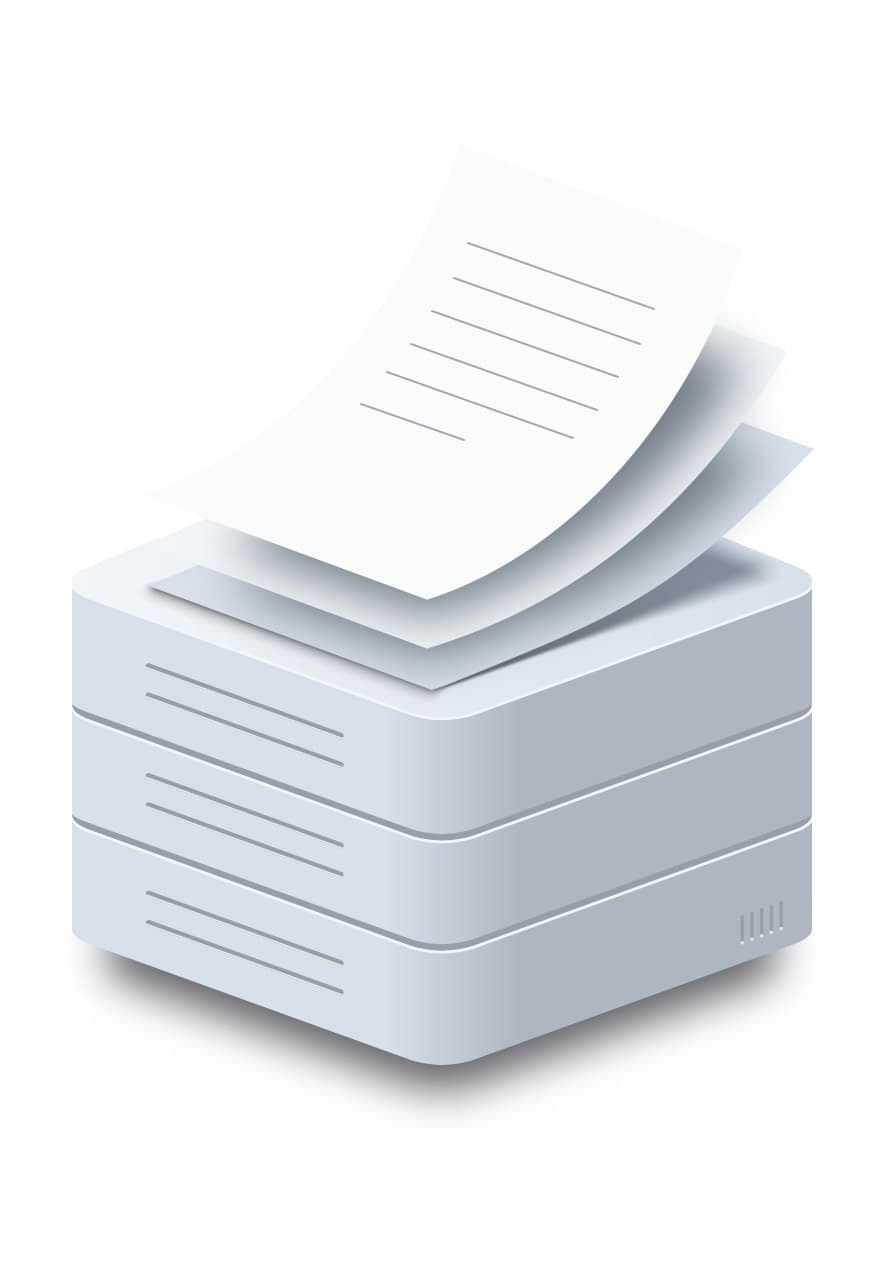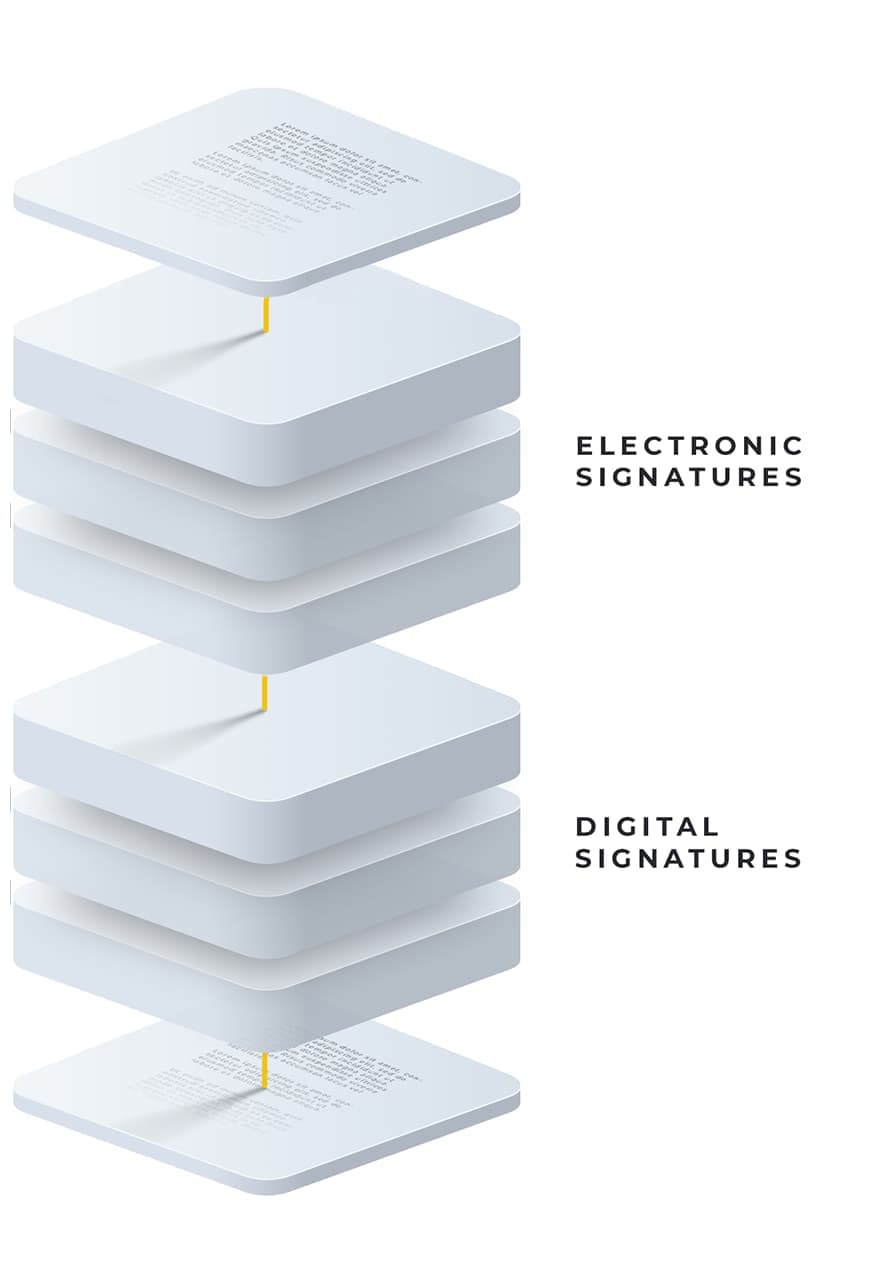A digital signature seals the signed document to protect it against tampering.
For both paper and digital documents, integrity protection is a key requirement. You can retain a paper original, but anyone could easily manipulate an electronic document and claim it’s the original. This makes the integrity aspect even more important when you use electronic signatures.
Document integrity means that in the event of a dispute, you can prove that:
To ensure integrity, as soon as a document is electronically signed, Scrive historically sealed documents using Guardtime’s Keyless Signature Infrastructure (KSI), but our current standard for all new customers is PAdES (PDF Advanced Electronic Signatures), built on Public Key Infrastructure (PKI).

Before moving forward, let’s clear up a common source of confusion regarding electronic and digital signatures:
What a digital signature is not:
To learn more about the difference between these two terms, see our guide: Electronic vs. Digital signatures – Is there a difference?

PAdES is a European standard designed specifically for applying digital signatures to PDF documents. It is built for eIDAS compliance, making it ideal for use across borders and industries where legal assurance and long-term document verification are essential.
With PAdES:
This means PAdES delivers the same core benefits as KSI like document integrity, timestamping and forgery protection, with the added advantage of being a widely adopted, regulation-based standard across Europe.
Whether your documents are sealed using KSI or PAdES, Scrive ensures they are cryptographically protected and independently verifiable, today and in the long run.